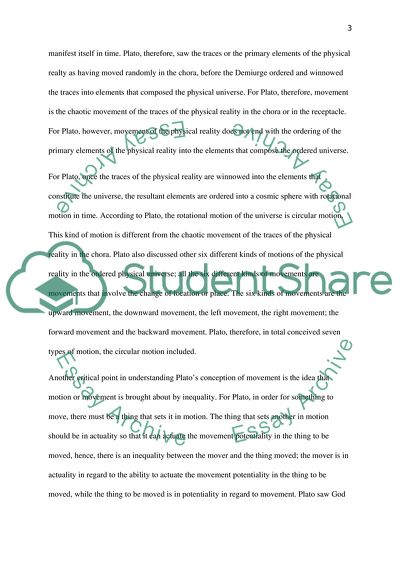Cite this document
(A Comparison of Platos and Newtons Conceptions of Movement Coursework - 1, n.d.)
A Comparison of Platos and Newtons Conceptions of Movement Coursework - 1. https://studentshare.org/philosophy/1829546-philosophy-of-movement
A Comparison of Platos and Newtons Conceptions of Movement Coursework - 1. https://studentshare.org/philosophy/1829546-philosophy-of-movement
(A Comparison of Platos and Newtons Conceptions of Movement Coursework - 1)
A Comparison of Platos and Newtons Conceptions of Movement Coursework - 1. https://studentshare.org/philosophy/1829546-philosophy-of-movement.
A Comparison of Platos and Newtons Conceptions of Movement Coursework - 1. https://studentshare.org/philosophy/1829546-philosophy-of-movement.
“A Comparison of Platos and Newtons Conceptions of Movement Coursework - 1”. https://studentshare.org/philosophy/1829546-philosophy-of-movement.


